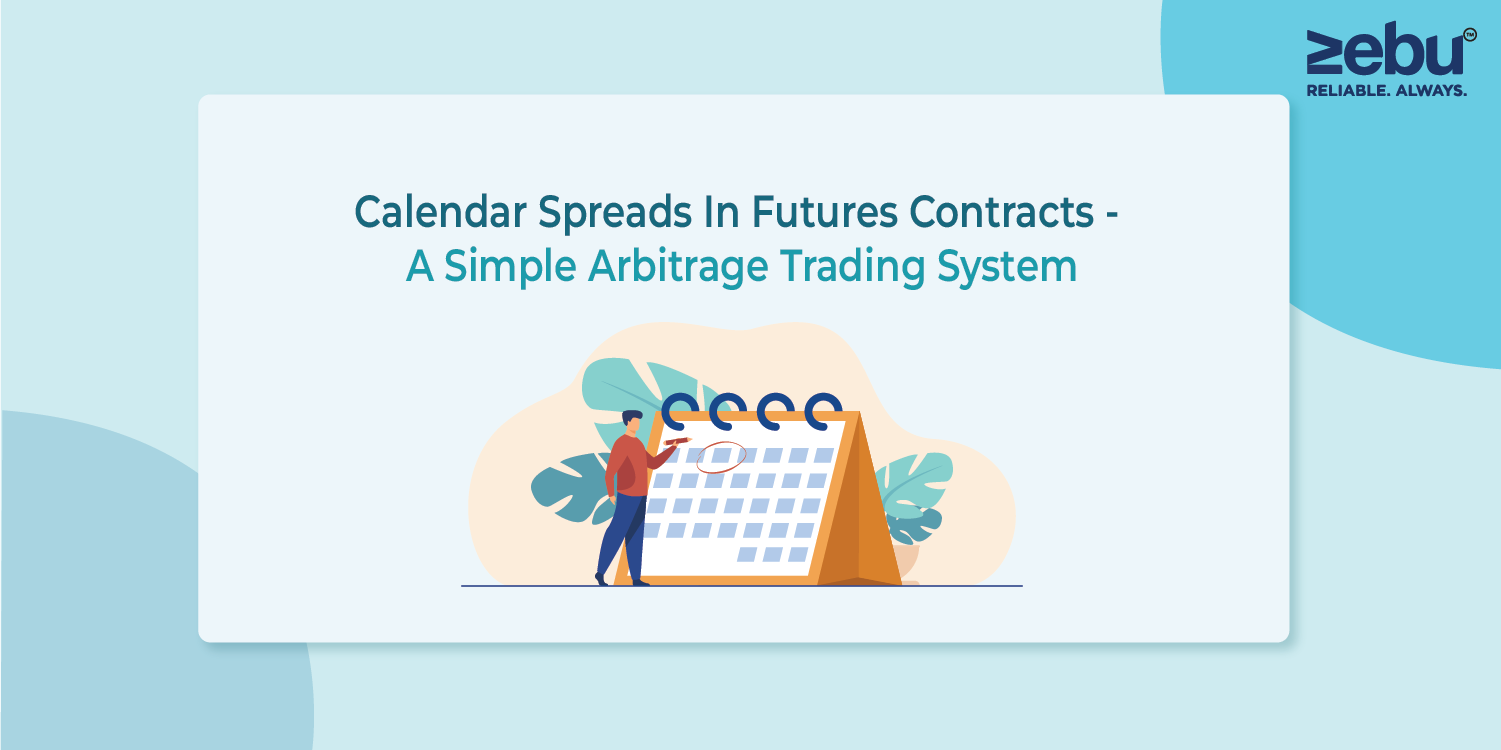
An expiry date usually refers to the last day when a product or service can be used. Expiry marks the conclusion of a contract or an asset in the market. When trading in the derivatives market, such as futures and options contracts, the expiry date refers to the contract’s final date after which it will no longer be valid.
When a derivatives contract reaches its expiration date, it has a variety of consequences for derivative traders as well as the Indian stock market as a whole.
Before we get into the basics of expiry trading, it’s important to know that expiry day trading is extremely risky and it takes a certain level of experience before you can become profitable. However, if you would like to get started with options and futures analysis, you need access to the best trading platform from one of the best online share brokers in the country. At Zebu, we give you all of this and more – we also offer the lowest brokerage for intraday trading.
The meaning of derivatives contracts
Futures and options contracts on stocks, commodities, currencies, and other assets are examples of derivative contracts. Futures and options are similar in that they both convey a guarantee to buy or sell an asset at a certain price at a future date. But that’s where the resemblance ends.
You are not obligated to keep your pledge under an Options contract. You can simply choose to ignore the contract, and it will end on the agreed-upon date. A Futures contract, on the other hand, requires you to complete the deal by the expiration date. You must not allow the contract to lapse. This is what distinguishes futures from options.
The Indian stock exchange has a predetermined standard expiry date for the F & O market to remove any confusion among traders. Every month on the last Thursday, we call it an expiry day.
For example, if you buy a futures contract on January 14th, 2022, the contract will expire on January 27th, 2022, the last Thursday of the month.
If the final Thursday of the month is a trading holiday, meaning the stock market is closed on that day, the previous day, i.e. the last Wednesday of the month, is the expiry date.
Please note that Nifty and Bank Nifty indices have weekly expiries which happen every Thursday of the week. And stocks have a monthly expiry which is the last Thursday of the month.
What happens during the expiry date?
Here’s what occurs when a derivatives contract reaches its expiration date in different sorts of contracts —
Options Contracts
You are not obligated to fulfil the contract in the case of options contracts. As a result, if the contract is not used before the expiration date, it will simply expire. The seller forfeits the premium you paid to purchase the option. You don’t have to pay any additional fees.
Futures Contracts
You would have to fulfil the deal on the expiration date if you were to use a futures contract. This happens in two ways.
You can purchase a new contract to replace the existing futures contract. Assume you purchased a futures contract to purchase 1000 shares of XYZ Company. You can buy another futures contract to sell 1000 shares of XYZ firm on the expiration date.
The first contract to sell the shares is nullified by this new contract, which will now be in your position. You would have to settle the price discrepancy, if any, in such cases. The price difference is due to the difference in the futures contract’s price. Because stock prices fluctuate every day, the price of the futures contract fluctuates as well. As a result, the price of the futures contract you buy first may differ from the price of the futures contract you buy later. In such circumstances, you’ll have to pay the price difference in order to complete your contract by the expiration date.
The impact of the stock’s expiration date on its price
Due to the fact that the expiry date signifies the end of F&O contracts, there is a lot of volatility on the stock exchange as a whole. The stock market may turn bullish or bearish depending on the type of futures contracts settled on the expiry date.
Arbitrage trading also has an impact on stock market prices towards the expiration date. Arbitrage trading is when F&O traders want to profit from the small price difference in the same security’s contracts on different expiry dates. They might buy on the secondary market and sell on the F & O market, or the other way around. Price changes from this buying and selling have an impact on the stock market as a whole. However, this effect is just temporary, as the stock market corrects itself once the expiration date has passed.
In Conclusion
Know the expiry date of the derivative contracts you buy if you trade futures and options. The settlement of your contracts is determined by the expiry date, and you should be aware of what happens on that date. Also, as a stock trader, you should be aware of the impact of the expiry date on the overall stock market. Due to increased volatility around the expiry date, you can either book short-term profits or avoid trading altogether to reduce losses.
As we mentioned before, this is the most basic introduction to what happens on an expiry day. In future articles, we will get into more details about a few popular expiry day strategies. For now, you just need to understand that to get started with futures and options analysis, you need the lowest brokerage for intraday trading as well as the best trading platform. As a leading online share broker, we at Zebu have created the perfect trading platform with an extensive amount of features to make trading simply for you.








